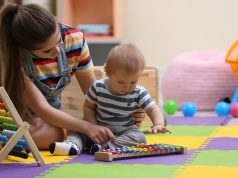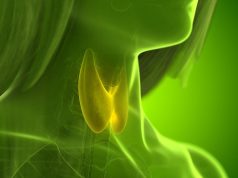12.8 percent of children with familial high risk for schizophrenia, bipolar disorder transition to different neurocognitive subgroup
By Elana Gotkine HealthDay Reporter
FRIDAY, Nov. 18, 2022 (HealthDay News) — Most children at familial high risk for schizophrenia (FHR-SZ) or bipolar disorder (FHR-BP) have stable neurocognitive development, but some transition to a different, usually more impaired, subgroup, according to a study published online Oct. 6 in Schizophrenia Bulletin.
Christina Bruun Knudsen, from Aarhus University Hospital-Psychiatry in Denmark, and colleagues examined transitions between neurocognitive subgroups among children at FHR-SZ or FHR-BP from age 7 to 11 years in a latent profile analysis that was used to identify subgroups at two assessments based on performance of 320 children across eight neurocognitive functions. Temporal stability in subgroup membership was examined. A reference group of population-based controls was included (199 at age 7 years; 178 at age 11 years).
The researchers identified three subgroups based on neurocognitive performance at both time points: moderately-to-severely impaired, mildly impaired, and above-average subgroups. Overall, 12.8 percent of children transitioned to a different subgroup; 85.2 percent transitioned to a more impaired subgroup. Children transitioning to a more impaired subgroup were differentiated from nontransitioning children by a parental diagnosis of schizophrenia, but not by parental diagnosis of bipolar disorder, global functioning at age 7 years, psychopathology, or sex.
“Most children remained in their subgroup at follow-up, showing stable neurocognitive development from age 7 to 11,” the authors write. “However, a substantial minority of children changed subgroup membership, of which almost all transitions were to a more impaired subgroup, indicating developmental lags.”
Copyright © 2022 HealthDay. All rights reserved.








